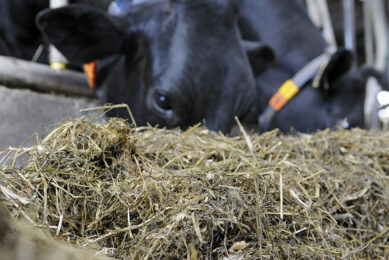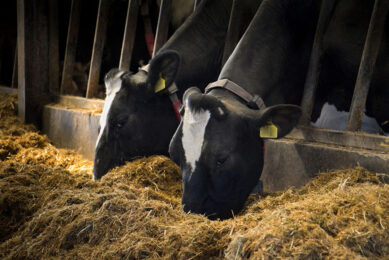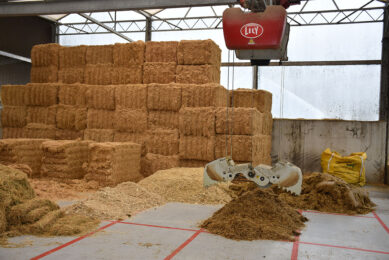Providing insight in maize silage digestion
BLGG AgroXpertus and Provimi developed a method to predict the degradation of starch in maize silage. This method provides insight in the changes in rumen resistant starch content and the rate of starch fermentation in the rumen in maize silages during storage.
These new data enable dairy farmers and their advisors to optimize the cow’s diet all year round. Shortages of glucogenic energy and the risk of rumen acidosis, leading to depressed milk production, may be counteracted by using the newly developed parameters in diet formulation.
Provimi and BLGG AgroXpertus conclude from years of research that in practically all maize silages in the Netherlands the starch degradation rate increases during storage.
The extent to which the rumen resistance of starch declines varies between silages. With decreasing amounts of resistant starch, the degradation rate of the silage becomes faster.
This is expressed in the FK1 fraction within the PFOS feed evaluation system of Provimi. This FKH1 fraction depicts the degradation of ‘fast’ carbohydrates.
With faster fermentation in the rumen, the risk of rumen acidosis increases. It is important for dairy farmers to know exactly the composition of their forages, to obtain maximal benefit from that forages.
If the ration contains not enough resistant starch, this will diminish the milk yield and milk protein content.
The newly developed maize silage characteristics for resistant starch and PFOS fractions provide tools to further refine the ration formulations in all seasons.
Overview starch stability
KuilKenner presents the decline in resistant starch of maize silages in a practical overview on the analysis report.
The percentage of resistant starch is given for winter (start value), spring and summer. Also, the total decline during storage is given.
Especially for Provimi clients, also the PFOS fractions for winter, spring and summer are presented in the report.
The advisor may use these predictions to calculate the optimal ration in each season.
KuilKenner maize silage
Next to the new value for resistant starch, BLGG AgroXpertus also provides the analytical results for chlorine and pH to the nutritional value report of maize silages.
Furthermore, colour codes have been introduced for dry matter content, digestibility coefficient of organic matter, and resistant starch content. These codes give immediate insight in the actual levels compared to the desired values.
All improvements mentioned are introduced under the new name ‘KuilKennermaize silage’.
More information can be obtained from Jan Bakker, BLGG AgroXpertus (jan.bakker@blgg.nl) or Sander Abrahamse, Provimi (sabrahamse@nl.provimi.com)












